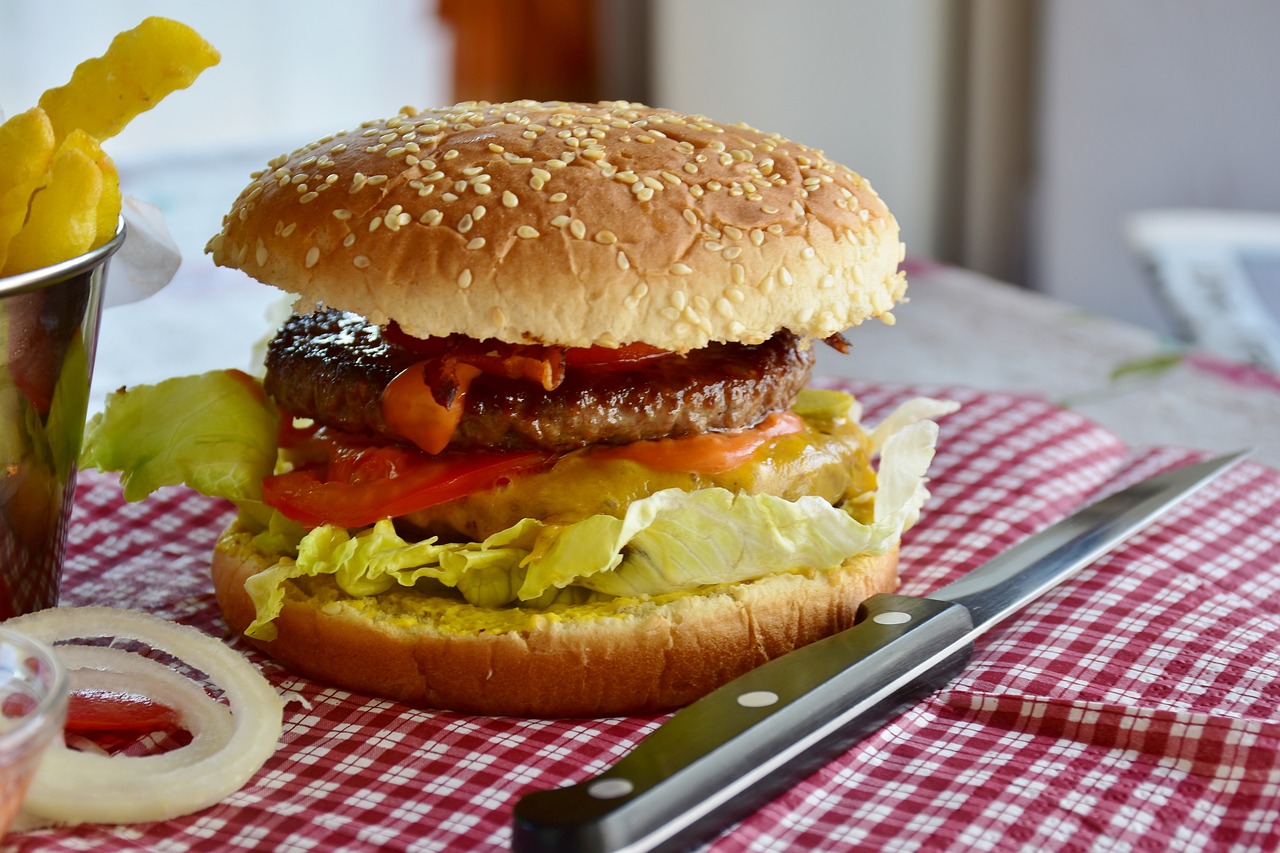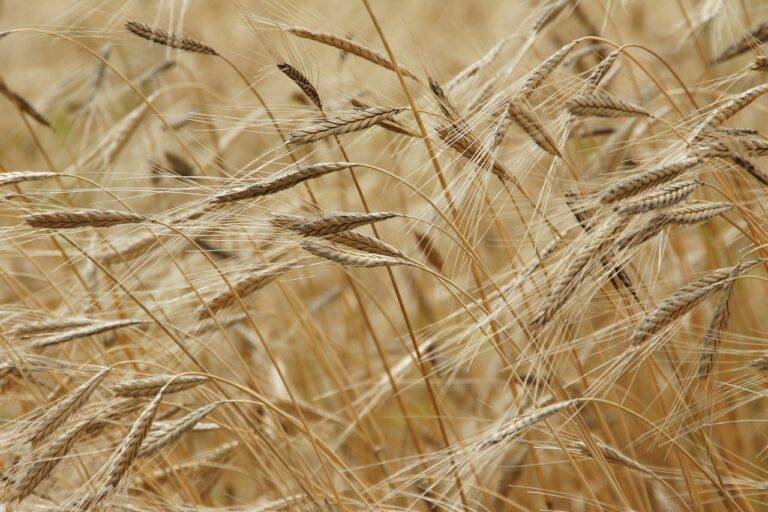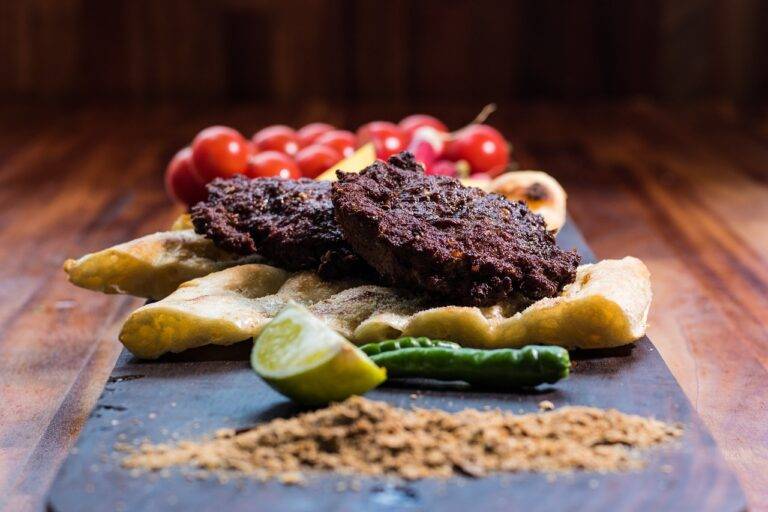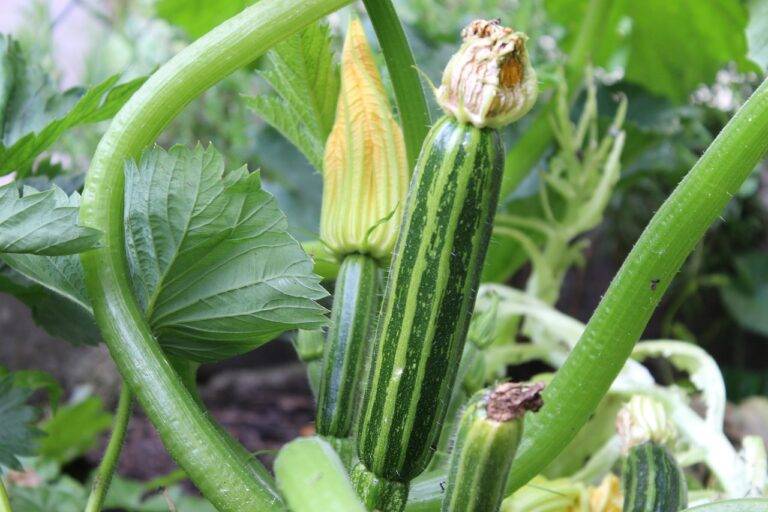Food Preservation Techniques: Past and Present
In ancient times, people developed various methods to preserve food without the modern amenities we have today. One prevalent technique was drying food under the sun or using smoke to remove moisture, making it less prone to spoilage. This method allowed food to be stored for longer periods, especially in regions with hot climates where drying was easier to achieve.
Another common method of food preservation was fermentation. By allowing food to undergo controlled fermentation processes, such as pickling vegetables in brine or fermenting dairy into cheese, people could extend the shelf life of perishable items. Fermentation not only preserved food but also enhanced its flavor profile, creating a unique culinary experience for ancient civilizations.
Early Methods of Food Preservation
Food preservation has been a crucial practice throughout history to ensure food security during times of scarcity. One of the earliest methods used by ancient civilizations was drying. By removing moisture from food through exposure to the sun or air, they could inhibit the growth of bacteria and mold, allowing the food to last longer. This method was particularly useful for preserving fruits, vegetables, and meats.
Another early technique of food preservation was fermentation. This process involved the use of bacteria, yeast, or other microorganisms to break down sugars and other nutrients in food, creating acids or alcohol as byproducts. Foods such as yogurt, kimchi, sauerkraut, and pickles were commonly preserved through fermentation, not only extending their shelf life but also enhancing their flavor and nutritional value.
What were some common food preservation techniques used in ancient times?
Some common food preservation techniques used in ancient times included drying, salting, smoking, pickling, and fermenting.
How did drying work as a food preservation method?
Drying involved removing moisture from food to prevent the growth of bacteria and mold, thereby extending its shelf life.
What was the purpose of salting food for preservation?
Salting food helped to draw out moisture, inhibiting the growth of bacteria and preserving the food for longer periods of time.
How did smoking food help with preservation?
Smoking food not only added flavor but also acted as a preservative by exposing the food to smoke, which contained antimicrobial properties.
What is pickling, and how was it used to preserve food?
Pickling involved immersing food in a brine solution containing vinegar, salt, and spices to create a high-acid environment that prevented spoilage.
How did fermenting work as a method of food preservation?
Fermenting involved allowing bacteria, yeast, or mold to break down sugars in food, producing acids or alcohol that inhibited the growth of harmful bacteria.
Were these early methods of food preservation effective?
Yes, these early methods of food preservation were effective in extending the shelf life of food and preventing spoilage before the advent of modern refrigeration techniques.





